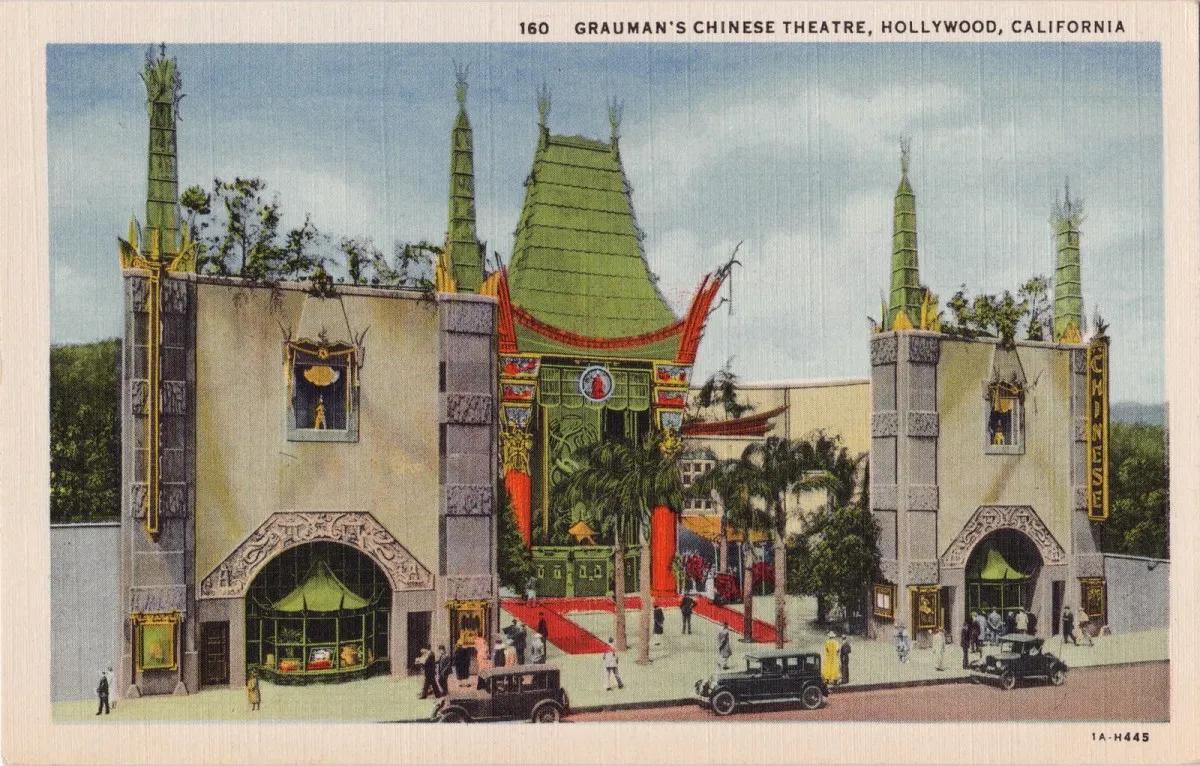Mah-jong is a fascinating and, to Western sensibilities, seemingly exotic game that has recently enjoyed a well-deserved surge in popularity.
An endearing legend suggests that the Chinese philosopher Confucius invented the game over 2,000 years ago but the truth is slightly less glamorous. Mah-jong (at least in its modern, Westernised form) was the recreation of American Joseph Park Babcock (1893-1949), an enterprising fortune hunter and executive of the Standard Oil Company.
It’s thought that in 1912, Babcock was sent to Soochow in China. There he discovered a Chinese tile game popular with the expatriate English clubs in Shanghai. Babcock realised he could export a simplified and repackaged version of this unusual game back to Americans at home. Soon a new pastime was born.
The first ‘mah-jongg’ sets (Babcock’s spelling) were sold at Abercrombie & Fitch in 1920. The game came with simplified rules and Roman numerals, while clever packaging hinted at an enigmatic, ancient past. The game took off and became a huge craze across America, Britain and France, reaching a fever pitch in 1923. It was especially popular with fashionable young women.
The Roaring Twenties was a decade of fads and crazes, an understandable relief after the atrocities of the First World War. Ping-pong, miniature golf, pogo sticks, flagpole sitting, crossword puzzles and dance marathons all took off. In a sense, Babcock was lucky – or more probably shrewd – for his new game also coincided with a trend for Oriental style, demonstrated by places such as the fantastical Grauman’s Chinese Theatre (built in 1926), a fabulous example of Hollywood chinoiserie and, incidentally, the venue for the 1977 premiere of George Lucas’s Star Wars.

If you're interested in tapping into this 1920s mah-jong craze though, where do you start?
First, don't believe anyone who tries to sell you a 19th century mah-jong set. Genuine vintage sets will date to the 1920s and are most likely to have been made in the area around Shanghai for export to the West. Thanks to the huge demand for the game at the time, many mah-jong factories were set up in the environs of Shanghai (then an international city more or less under control of the Western powers) with local teenage boys employed to paint the tiles.
Second, don't believe anyone who tries to tell you that the tiles are made from ivory. They won’t be. Ninety-nine percent of mah-jong tiles are made from either bleached bone (taken from the shin of a cow) mounted on bamboo, ‘ivorine’ (an early form of celluloid plastic) or, in the case of the luxury sets, jade. Large quantities of bone were shipped from Chicago to Shanghai to meet the massive demand and then shipped, as sets, back to America.
At the end of the 1920s, the mah-jong craze ended almost as suddenly as it had started, abandoned for the delights of miniature golf. Demand collapsed and importers were stuck with numerous unsold mah-jong sets. As a result, they can be found relatively easily today.
A typical 1920s mah-jong set will feature a cubed or rectangular wooden box with a sliding front, five drawers to hold the tiles, a Ming pot (the small cylindrical pot holding the four Wind discs), miniature dice box and bone scorers. Some sets might also include racks to hold the tiles (another Babcock innovation), but these can also be bought separately. The Chinese don’t use racks during play.

Higher quality sets feature intricate carving, decorative painting and attractive, well-painted tiles. If you are buying from a specialist dealer expect to pay in the region of £400–£600 for a good quality Twenties set with a nice box and bone tiles. In 2011 a mah-jong set belonging to HM Queen Elisabeth of Greece sold for £9,000 at Bonhams. The set featured jade tiles, a silk covered box, and miniature jade dice.
That said, you can play an equally good game with a more affordable set. If you aren’t 100 per cent sure of the rules, hunt online you can still find copies of Babcock’s original rule book Rules of Mah-Jongg, which was published in 1920.